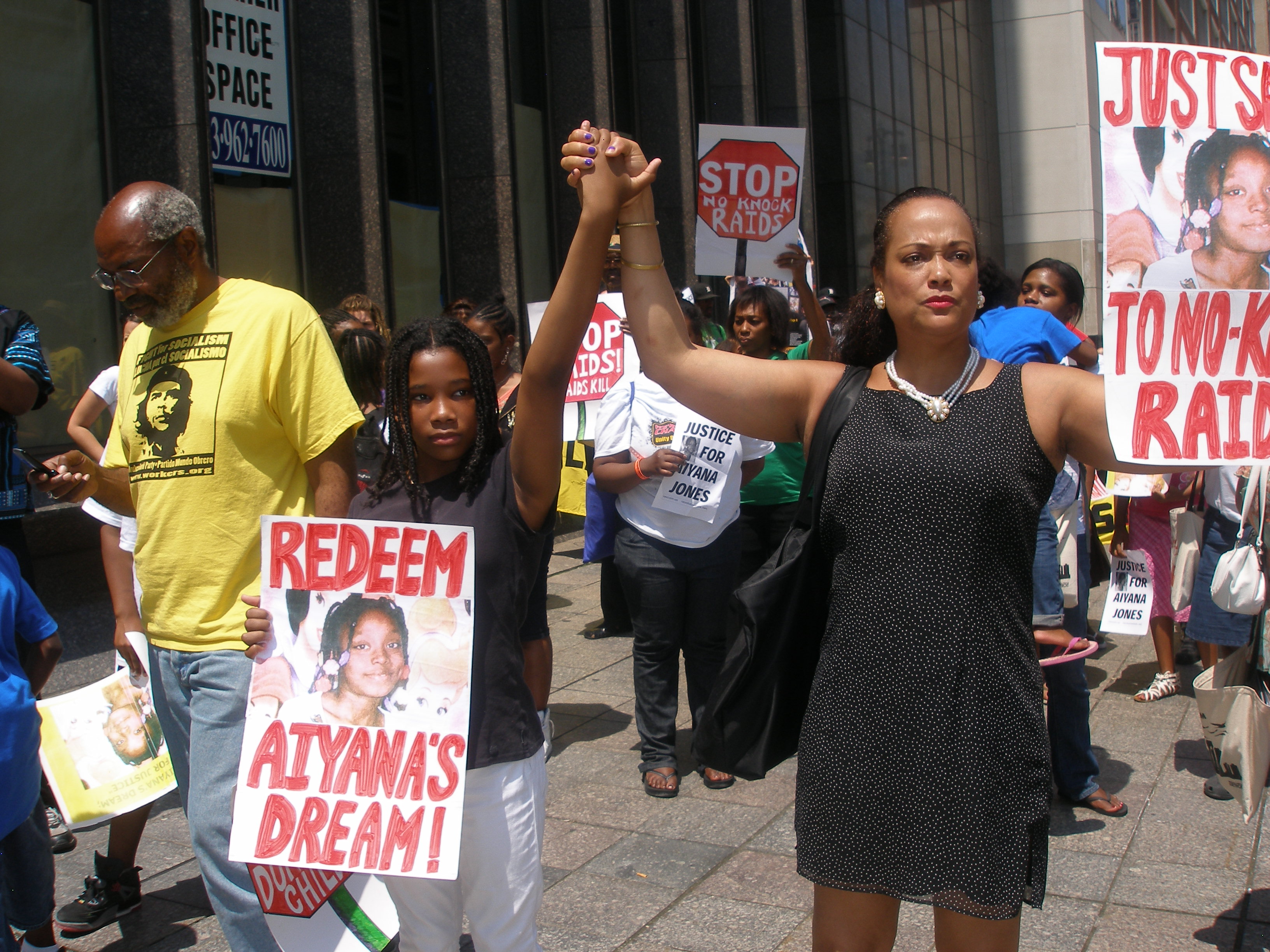
Peace Musabi
Asylum seeker Jimmy Mubenga is dead, killed by G4S `escorts’ on a plane taking him from the UK to Angola. His wife, his widow, Makenda Kambana, weeps. Their five children weep. The State announces, a bit later, that the contract with G4S has not been renewed. The reason given? Cost efficiencies: “G4S is understood to have been paid tens of millions of pounds a year under the current deal, which expires in April. Removals between 2005 and April 2010 cost the Home Office almost £110m.” Apparently the rent is too damn high.
The cost is born by many, the dead and their intimate survivors first and perhaps last. Makenda Kambana is now a single mother of five children, alone, and still a political target. If children, as we are told so often, are our future, what are mothers?
Ask Irma Medrano, a 44 year old Salvadoran woman. In 1995, she fled an abusive husband. She was twenty nine years old at the time. She left her two children behind with relatives. In the subsequent fifteen years in the United States, Irma Medrano has given birth to two children. She is the mother of a twelve year old daughter, a nine year old son, both of whom are United States citizens.
Medrano’s family reports that her Salvadoran husband has heard that she is to be deported and has begun coming around, looking for her. The court decided to ignore this. Her US-born children are heartsick at their mother’s imminent disappearance. The court has decided that her children would not suffer extraordinary hardship if she were to be deported.
Finally, the court decided that Irma Medrano, despite her husband’s clear threats, faces no harm if returned to El Salvador. The court has decided that El Salvador is now safe for women, because there are more women in the legislature and judiciary, and the police are better trained. The court chose to ignore a US State Department report, in March 2010, “found rape remained widespread in El Salvador, rape laws were not effectively enforced, and domestic violence `was considered socially acceptable by a large portion of the population.’”
If Irma Medrano’s children are the future, what is Irma Medrano? In her flight to the United States, and if it happens, in her forced return to El Salvador, Irma Medrano will share a story with other asylum seeker mothers forced to leave their children behind in order to protect themselves and their children.
Women like Rahma Abukar Mohamed, Peace Musabi, Jeto Flaviah, Reetha Suppiah, Sakinat Bello.
Rahma Abukar Mohamed lived in Somalia, where she had been shot, threatened with rape, threatened with death, and injured. She fled, leaving behind her husband and child. She sought asylum in the United Kingdom, where she was summarily and `wrongly’ imprisoned, for having false papers. The reasons for her flight, the conditions of her life in Somalia, her desperate situation were all folded into her mistake of having had false papers, a mistake intensified by poor legal representation. She entered the United Kingdom on 9 August 2007. Last week, on 19 October 2010, her conviction was nullified, on procedural grounds. Rahma Abukar Mohamed was persecuted in Somalia for being a member of the wrong ethnic group. What was she persecuted, and prosecuted, for in England?
In 2003 Peace Musabi left Burundi, and left her three children, Samuel, Diana and Daniel, with a trusted friend. Musabi had to leave Burundi. Her husband had been kidnapped, her brother was beheaded in front of her, she was imprisoned, tortured, raped. She fled, pregnant from the rapes. Peace Musabi arrived in England in 2003, and, in 2007, was finally given exceptional leave to stay. She immediately began searching for her children. In 208, she was informed they had survived, amazingly, and were living in Uganda. She applied to have them come to England … and was denied, ironically enough, by the Home Office. Because of earlier procedural mistakes on the part of the Home Office and of her legal representation, Musabi was not officially a refugee but rather `exceptional’. And so she and her children had no right of family reunion. In the end, such as it is, “the immigration and asylum tribunal overturned the Home Office’s cruel refusal.” But that refusal, in the consciousness of the Home Office, was a home affirmation. What is Peace Musabi in that home?
Jeto Flaviah has a similar story. She fled Rwanda, after soldiers killed her husband, and raped and tortured her. She fled to the United Kingdom, seeking asylum. She won asylum but not the right to family reunion. Like Peace Musabi, she was `exceptional’. She still waits for her children, she still struggles and organizes everyday for reunion, she still mourns the time lost, the life together lost. What is Jeto Flaviah in the Home Office? What is asylum if she is denied forever the touch, the presence, the intimacies of living with her children?
Reetha Suppiah is from Malaysia, and Sakinat Bello is from Nigeria. They each fled to the United Kingdom, seeking asylum. The fled with their children. They were denied asylum, and immediately sent, with their children, to Yarl’s Wood, where, with their children, Reetha Suppiah spent 12 days, and Sakinat Bello 17 days. The children quickly became sick. Suppiah and Bello are suing the Home Office for the harm done to their children. That case was launched this week, Tuesday, October 26.
Children are the future. The daughters and sons of Makenda Kembana, Irma Medrano, Rahma Abukar Mohamed, Peace Musabi, Jeto Flaviah, Reetha Suppiah, and Sakinat Bello, they are the future. That future is born in asylum. That future is wrapped in death and violence and harm, all in the name and service of `asylum’. The children are the future . . . and their mothers? Their mothers haunt more than the future.
(Photo Credit: Camden New Journal)



